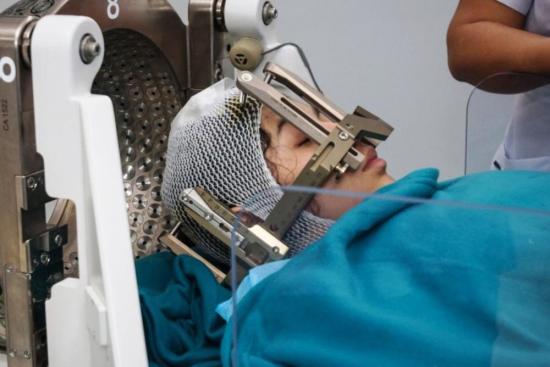Stereotactic surgery is a highly precise surgical procedure that targets specific areas of the brain or spinal cord. It uses medical images (such as MRI or CT scans) to guide surgical instruments to a precise lesion. The term "stereotactic" refers to a technique that allows precise positioning in three-dimensional space.
Stereotactic surgery: Costs & care in Turkey
Do you have a brain tumor, movement disorder, or chronic pain? Stereotactic surgery could be the solution for you. When you choose Turquie Santé for your surgery, you will benefit from unrivaled surgical precision, thanks to the latest techniques and state-of-the-art equipment. In fact, our partner clinics guarantee you a targeted, personalized procedure that minimizes risks.
We offer personalized care: from your arrival in Turkey to your return home, you'll be accompanied by a dedicated, multilingual medical team.
Take advantage of our competitive prices without compromising on quality of care while enjoying your stay in Turkey.
The cost of stereotactic surgery in Turkey varies widely from 3,000 Euros to 15,000 Euros depending on the complexity of the procedure.
Want to know more? Please contact us. We'll provide you with a free, personalized quote tailored to your specific situation.








